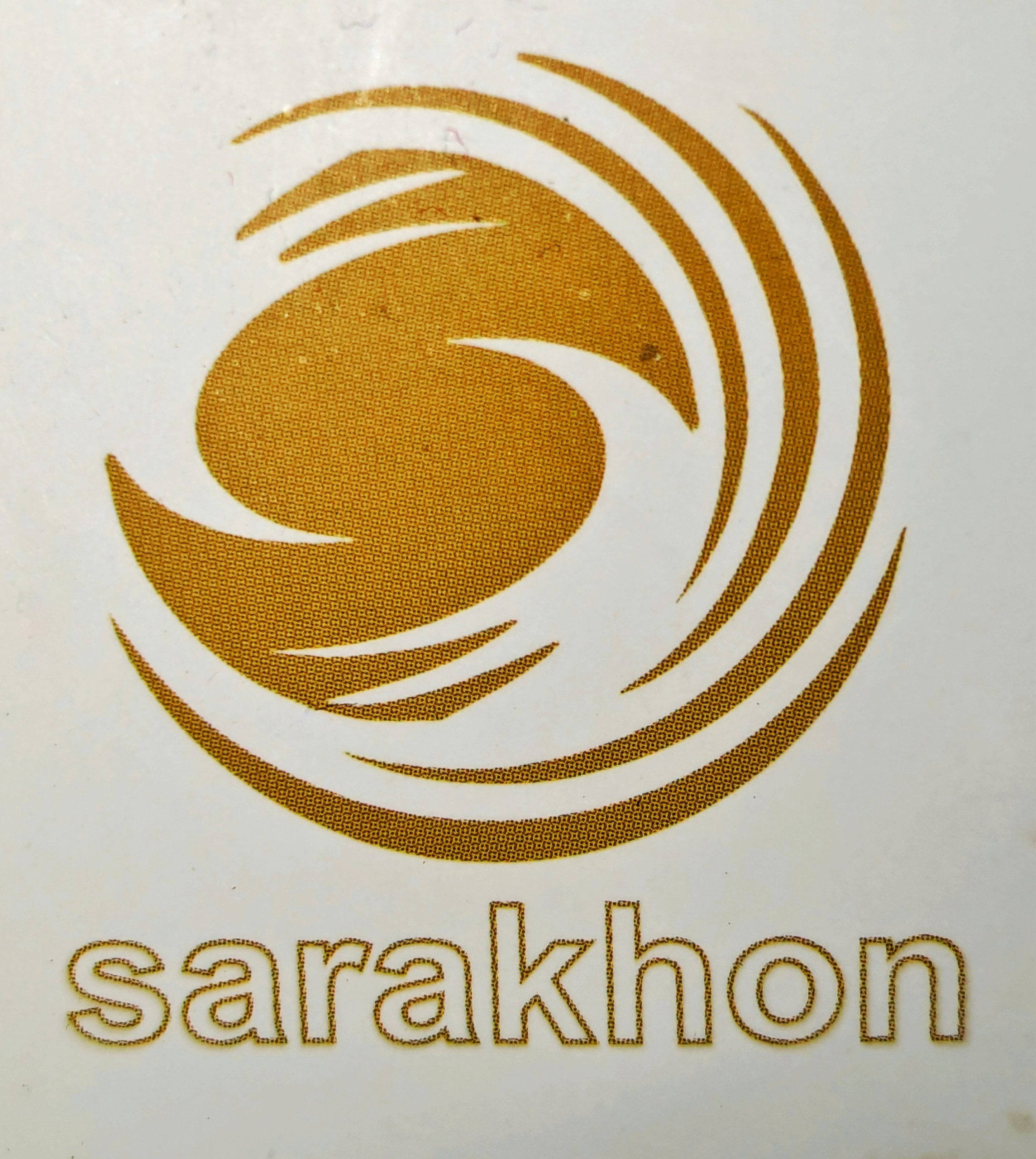Japan, U.S. move to unlock rare-earth trove near remote Pacific island

Strategic push to diversify away from China
Japan and the United States have agreed to work together to extract and process rare-earth minerals in waters around Minamitorishima, a tiny Japanese-held island east of Tokyo, in a bid to secure supplies for electric vehicles, wind turbines and advanced weapons. The deal, announced in Tokyo on Friday, is aimed at reducing both countries’ exposure to China, which still dominates global rare-earth refining and has used export controls to exert leverage on rivals. Japanese officials said the cooperation would cover seabed surveys, technology sharing and eventual commercial extraction, while U.S. officials framed it as part of a broader effort to harden supply chains against geopolitical shocks. The pact also gives Japan’s resource strategy a boost at a time when domestic manufacturers are racing to meet tougher decarbonization targets.
Tokyo has pushed for such cooperation since 2023, when exploratory drilling near Minamitorishima suggested the seabed held enough rare-earth elements to meet global demand for decades. But turning that promise into real shipments has lagged because of cost, maritime logistics and questions over who would fund large-scale processing facilities. Friday’s announcement signals that Washington is now ready to underwrite some of the risk, especially for refining stages that Japanese companies have been hesitant to build at home.
Environmental and security questions around Minamitorishima
Even as the two allies hailed the deal, Japanese officials conceded that operating close to a fragile marine ecosystem would require strict safeguards, including limits on sediment plumes and continuous monitoring for impacts on fisheries. Activists in Japan have already warned that deep-sea mining in the Western Pacific could set a precedent for other resource-hungry states. Strategists, meanwhile, see the project as one more sign that competition with China is expanding into remote parts of the Pacific. By fixing the supply chain for magnets, batteries and guidance systems, Tokyo and Washington hope to blunt any future Chinese attempt to squeeze high-tech industries. Still, analysts noted that it will take years before ore from Minamitorishima can be processed at scale, meaning manufacturers must keep diversifying through recycling and partnerships with Southeast Asian producers. For now, the agreement is as much about signaling allied resolve as it is about immediate volumes.





















